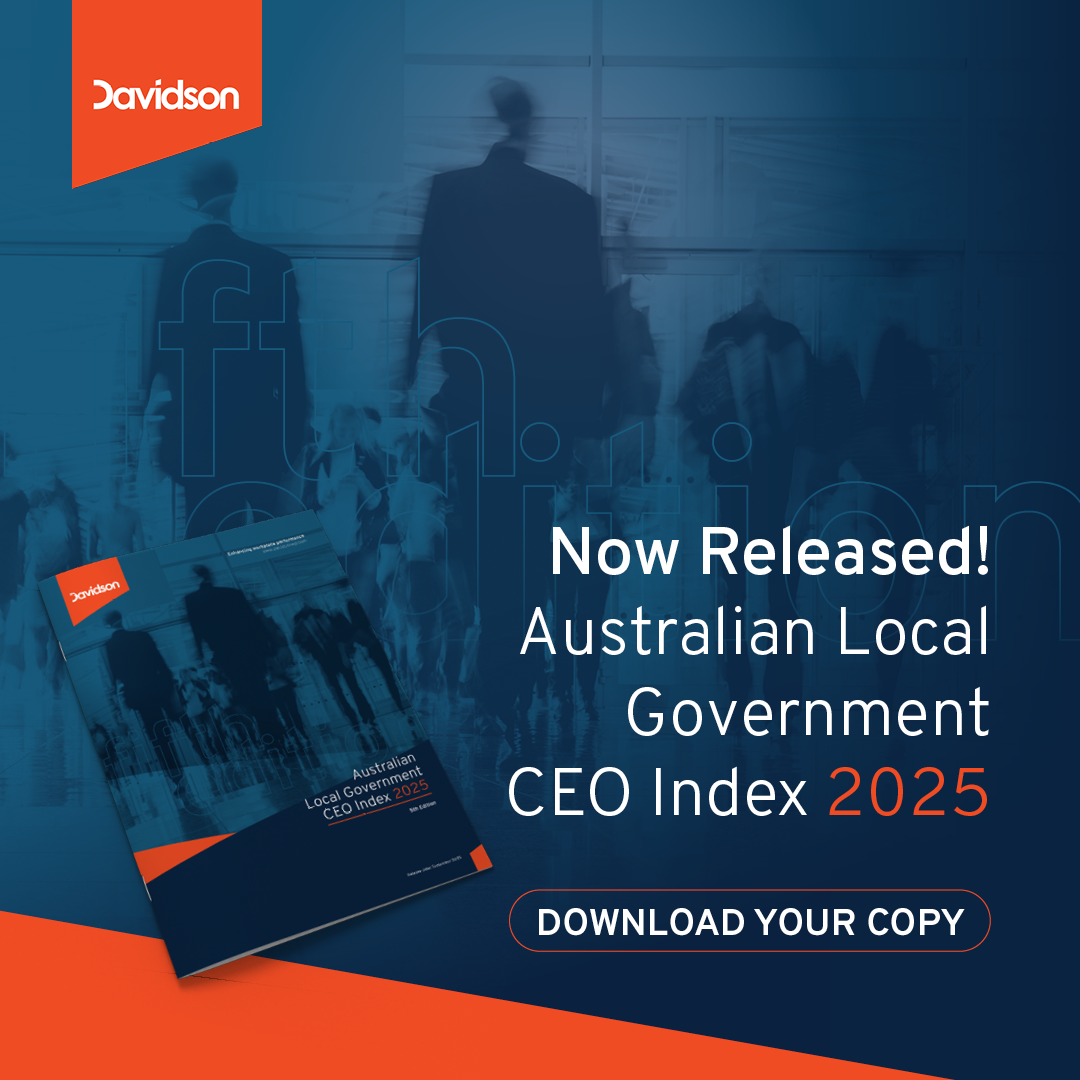Putting the Customer First
For some time now we have been hearing about the importance of customer service. Net Promoter Scores became the metric for measuring a company or individual’s customer satisfaction levels. In recent times we have seen a significant development, a transformation that holds the customer at the centre to how products are designed, services delivered and brands promoted. Old sayings like customer is king, customer centric focus have been bandied around for some time, but until recently we haven’t really observed a tangible shift across the entire sector in the way businesses go to market and their commitment to their customers.
Globally, new team structures and therefore new roles are being developed which are primarily focused on driving exceptional customer experiences. Amazon is a great example of how the customer experience is at its core. In a recent interview with Neil Lindsay, Amazon’s VP of Advertising, Device Sales & Marketing, Neil spoke about how Amazon’s customer’s “needs are different, and we serve and engage with them in different ways, but we always think about them first as individuals, and we always work backwards from the experience we believe an individual customer might appreciate, before we develop anything”.
While it’s easy to see how online businesses such as Amazon need to be customer lead in the cut throat world of the e-tailing, it’s interesting to note how other businesses are embracing the customer as a key business strategy too.
Human Centred Design
In Australia and New Zealand we are starting to see the customer focus evolve to renewed interest and broader adoption of Human Centred Design principals. For those new to this concept, it is “a process that starts with the people you’re designing for and ends with new solutions that are tailor made to suit their needs”. Sounds pretty logical doesn’t it. But if we think back to more recent marketing activities, like producing a website for example, companies would build it how they wanted it to represent their business and often with little regard for how customers used the site or the information they wanted from it. With a Human Centred Design approach, you would start first with how the customers would use it and this would inform the design.
More common in the health sector, this approach is not about trying to put yourself in your customer’s shoes, it’s a more scientific approach to develop real empathy with the end user, brainstorm creative solutions, trial the ideas and then implement them. It’s iterative and very much aligned to the agile practices we are seeing in other areas of technology and wider business community at the moment.
While Human Centred Design is not a new concept, it’s starting to become more common in Australia and New Zealand. We are starting to see larger companies employ its practices in their businesses not only in the way they deliver their services, but also in the way they recruit their staff.
Bupa is one such business that is focussing on the customer experience (CX) and ensuring that delivering a positive experience to customers, at the right time is core to their marketing strategy. Bupa sees itself as an “ experiential brand ”. Bupa does not produce products, they deliver services and therefore it’s vital to their success that the customer has a positive experience when they interact with them.
Bringing customer experience into the recruitment process
More broadly than the Marketing strategy, Bupa is also using a customer first approach in its internal recruitment. Through research they have identified what is the most important criteria for candidates. When applying for a role with Bupa candidates will experience personalised videos that relate to the position and business segment that the person is applying for. Additionally, they have developed personas to match the type of people they wish to attract into their roles. Personas are more commonly used when targeting customers with digital communications but it is interesting to see it being applied effectively in the recruitment process.
Other businesses that are taking the CX to a whole new level is Vicinity Centres as it puts its abundant amount of customer data to use in understanding its customers and delivering them an enhanced shopping experience.
In a challenging retail environment, being able to use the technology to your advantage is essential in remaining relevant. When online shopping growth is outstripping in-store sales, nailing the technology and use of data is critical. This can translate into targeted loyalty programs and offers specific to individual’s previous shopping behaviour. Additionally, this type of data presents the shopping centres with potential new revenue streams as they can loffer very targeted advertising opportunities throughout their centres.
While for some, this might be starting to feel a little intrusive, for others it’s a dream come true as they are being marketed to personally, where they want it and when they are receptive to it, thus enhancing the entire experience.
Demand for customer centric candidates
As the Australian and New Zealand IT sectors move to understand and wrap themselves around their customers in an unprecedented way, we are seeing across the board a steady growth in demand for customer focused roles.
In the digital area UX and UI roles have been abundant for a while now but we are also seeing Customer Experience come into the mix. Digital businesses such as banks and digital enterprises are often first to embrace these new role types.
At the more senior levels, we are also starting to see Customer Experience Officer and Head of Experience roles with their remit being to drive the customer centric changes throughout the organisation.
For candidates looking to ride the customer experience wave, skills in Human Centred Design , UX and UI are in high demand and we envisage this to continue into 2018 and beyond.
On the whole, the Australian and New Zealand Technology markets are continuing to follow global trends with Data, Digital and Security the biggest areas of interest from a hiring perspective however additional, non-technical skills that focus on the customer experience are growing in demand. The soft skills at the top of the list are communication and empathy.
Brendan Kavenagh is CEO of Davidson Technology





